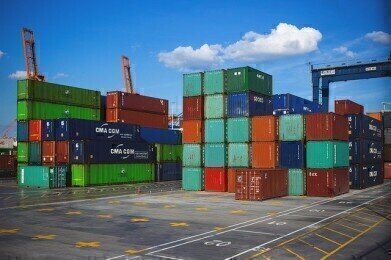Analytical Instrumentation
How Have New IMO Rules Affected Oil Prices?
Feb 15 2020
Following the introduction of new International Maritime Organisation (IMO) regulations designed to curb sulphur emissions, top quality oil is now selling for almost US$100 a barrel. Known as IMO 2020, the regulations were introduced to address air pollution and minimise the environmental footprint of the maritime industry.
Demand for cleaner-burning fuels surges
The new rules inevitably increased demand for cleaner-burning fuels, which pushed the price for specialty fuels such as Pyrenees up to almost US$95 a barrel. Produced by BHP Group, the Australian crude is a heavy and thick with low sulphur content, which makes it desirable for refiners looking to blend maritime fuel that meets the new IMO regulations.
While Pyrenees has enjoyed a surge in popularity, the field pumps just 15,000 barrels a day. This limited supply has helped to push up prices and position Pyrenees as a coveted product. Van Gogh, another heavy-sweet crude produced in Australia, is also selling at a premium, with prices increasing by around US$19 since the new IMO regulations were introduced on January 1.
IMO 2020 drives low-sulphur fuel market
Increased demand for low-sulphur marine fuel, another product that complies with the new IMO regulations, pushed prices up to around US$640 a ton, which equates to around US$95 a barrel.
“New IMO 2020 environmental regulations for shipping bunker fuel are driving the low-sulphur fuel oil market,” says a spokeswoman for Santos, an Australian company that sells the newly coveted Pyrenees crude. “Heavy sweet crudes like those from our Van Gogh and Pyrenees fields are well suited for fuel oil blending to meet the new environmental requirements and are currently in very high demand.”
Analysts warn price increases could string global economy
While the IMO are underpinned by good intentions, they come with a cost. An increase in the price of maritime fuels has forced global shipping companies to pass on the costs to customers. As a result, some analysts predict the global economy could take a hit.
It's not just the International Maritime Organisation looking to curb sulphur content, with other industries also working to meet strict government regulations. For a closer look at how the petrochemical industry is using different methods of analysis to quantify elemental impurities in petrochemical products, including wavelength dispersive X-ray fluorescence (WDXRF) and inductively coupled plasma atomic emission spectrometry (ICP-AES), don't miss 'Sulphur analysis in aromatic and Naphtha hydrocarbon stream of petroleum products and crude oil.
Digital Edition
PIN 25.1 Feb/March
March 2024
In This Edition Safety - The technology behind the ION Science Tiger XT - Safety with ammonia and LOHCs as hydrogen carriers Analytical Instrumentation - Discussion on new tribology te...
View all digital editions
Events
Apr 28 2024 Montreal, Quebec, Canada
Apr 30 2024 Birmingham, UK
May 03 2024 Seoul, South Korea
May 05 2024 Seville, Spain
May 06 2024 Riyadh, Saudi Arabia


















